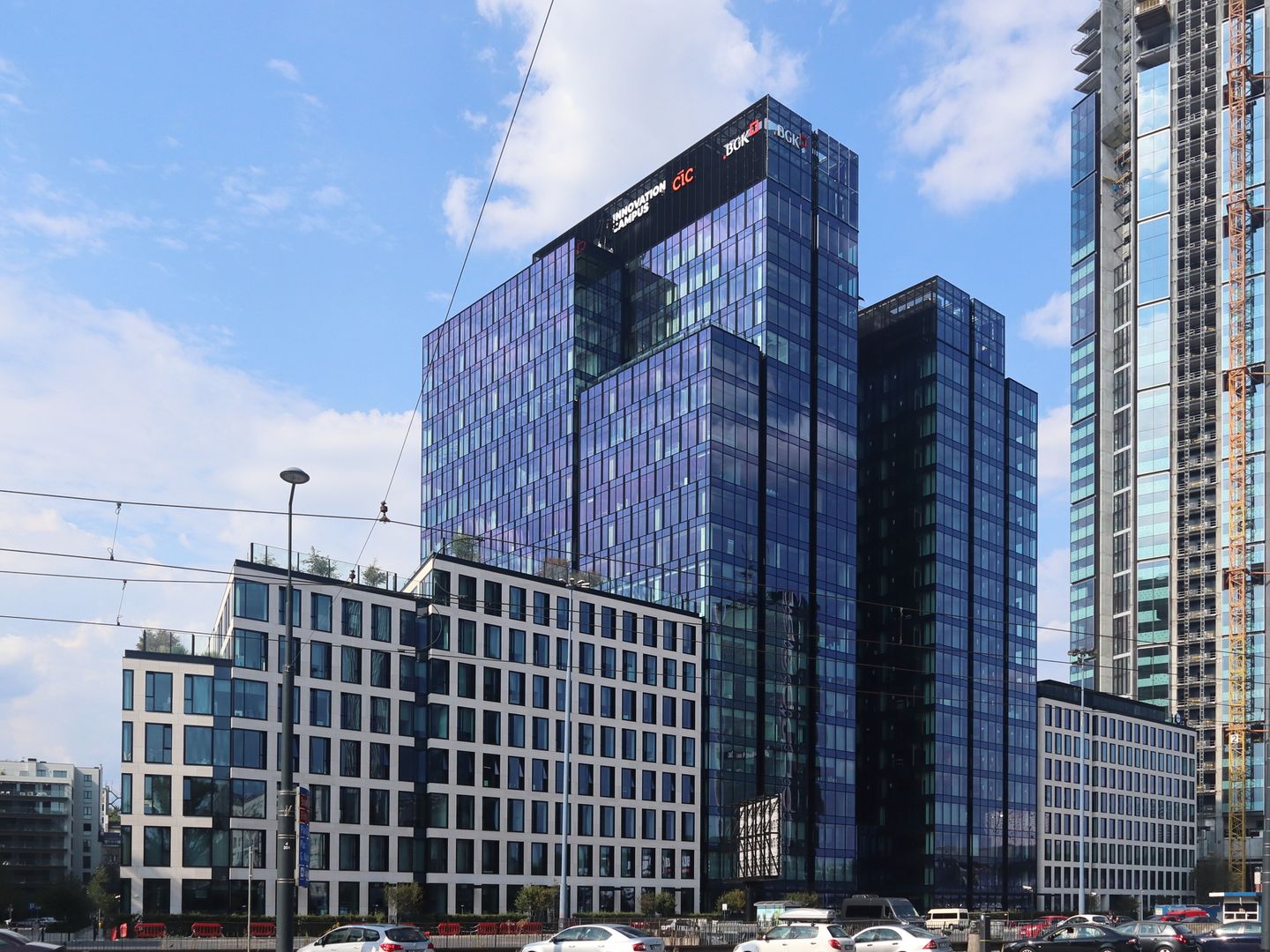Bank Gospodarstwa Krajowego
6.6

Overview
Bank Gospodarstwa Krajowego (BGK) is a Polish state-owned bank established in 1924 to support government socio-economic programs and foster local and regional development. Its architecture is marked by historic buildings, including the headquarters on Aleje Jerozolimskie designed by Rudolf Świerczyński. BGK played a key role in financing infrastructure development, exports, and housing construction, contributing to the creation of approximately 9,000 homes under government programs. During the interwar period, the bank also supported strategic investments, such as the port in Gdynia, and engaged in the financial protection of enterprises. World War II brought dramatic changes; BGK evacuated its documents and employees, and its branches were liquidated in areas occupied by Soviet and German administrations. After the war, the bank initiated the country's reconstruction, but during the communist era (PRL), its activities became marginal. It was only the political transformation in 1989 that allowed BGK to reactivate, focusing on financing investments and creating new economic entities. It is also a key player in the distribution of EU funds. An interesting fact is that BGK and its branches played a significant role in the history of the Polish banking sector, and its presidents, such as Roman Górecki, shaped the bank into a public institution with a mission to support economic development.
Location
Tickets
Powered by GetYourGuide
2025 Wizytor | All Rights Reserved